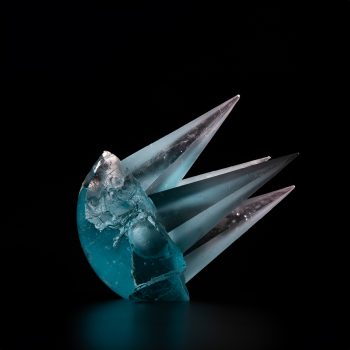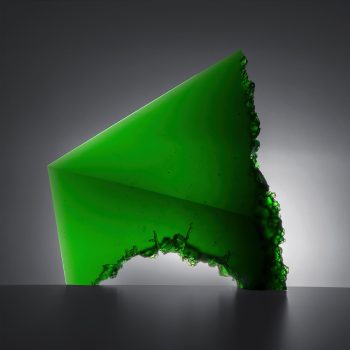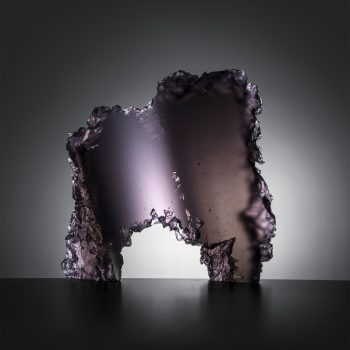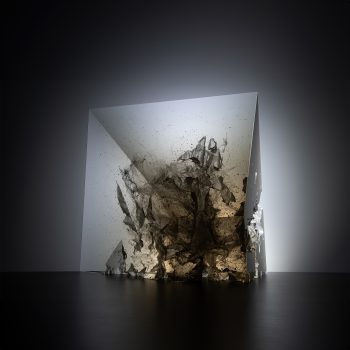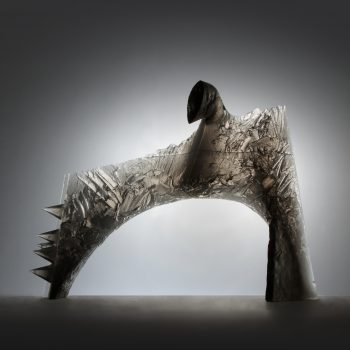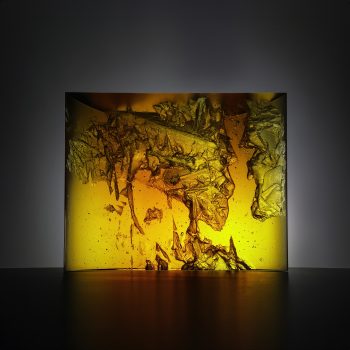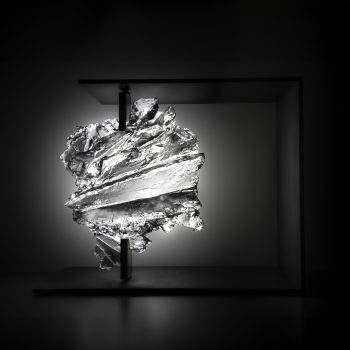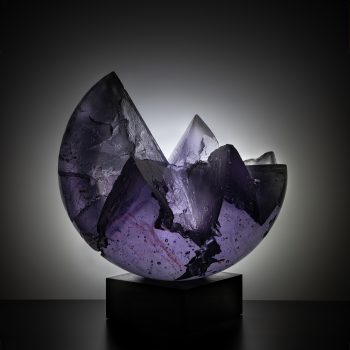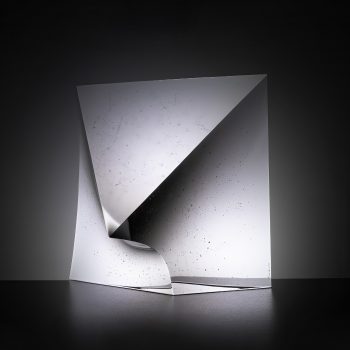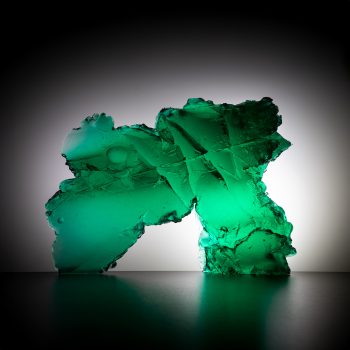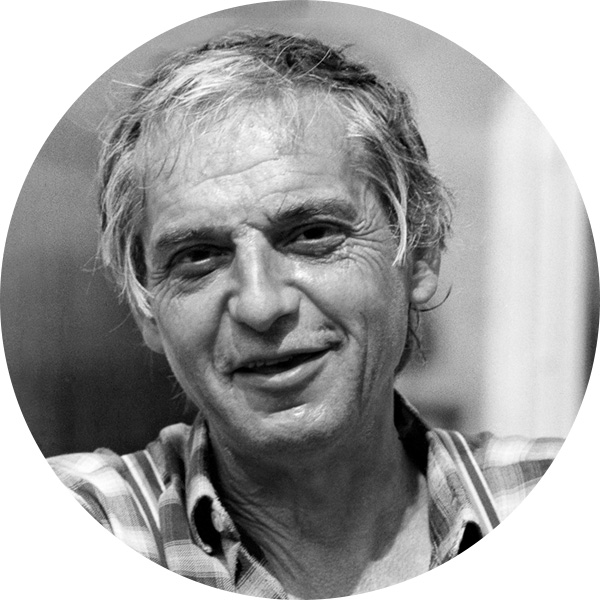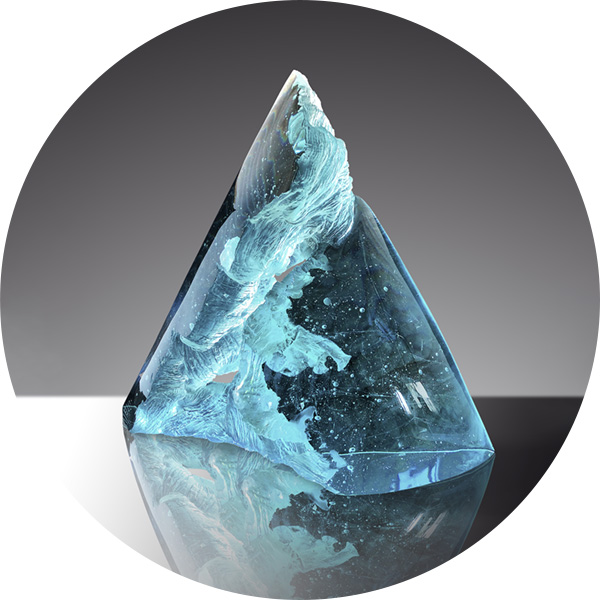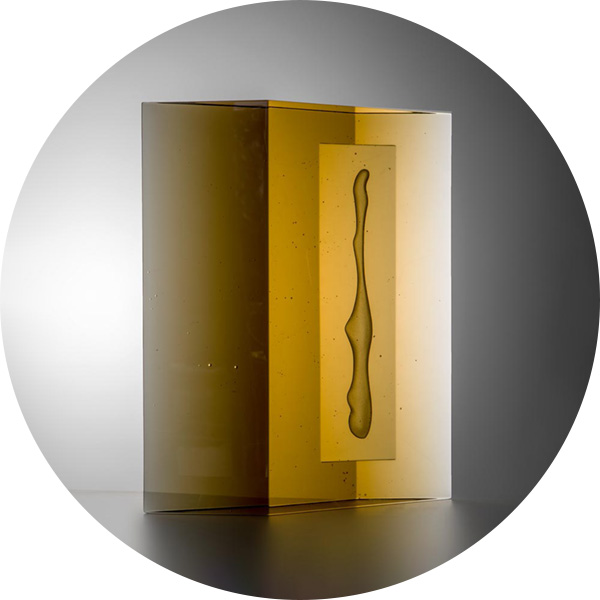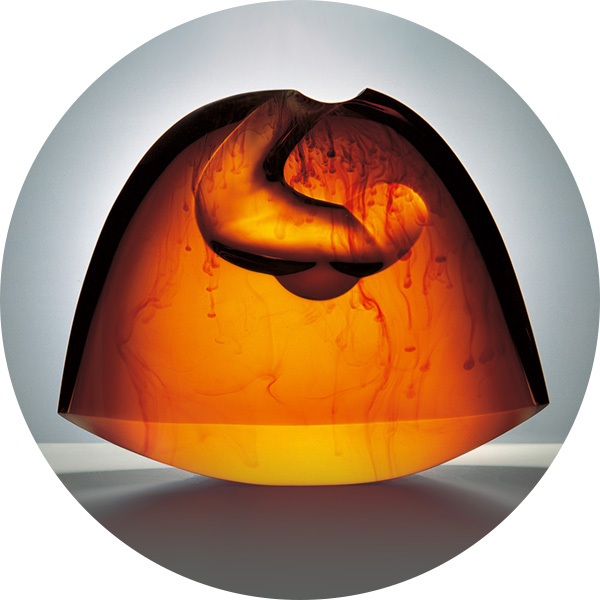Jan Exnar – Cosmic Space
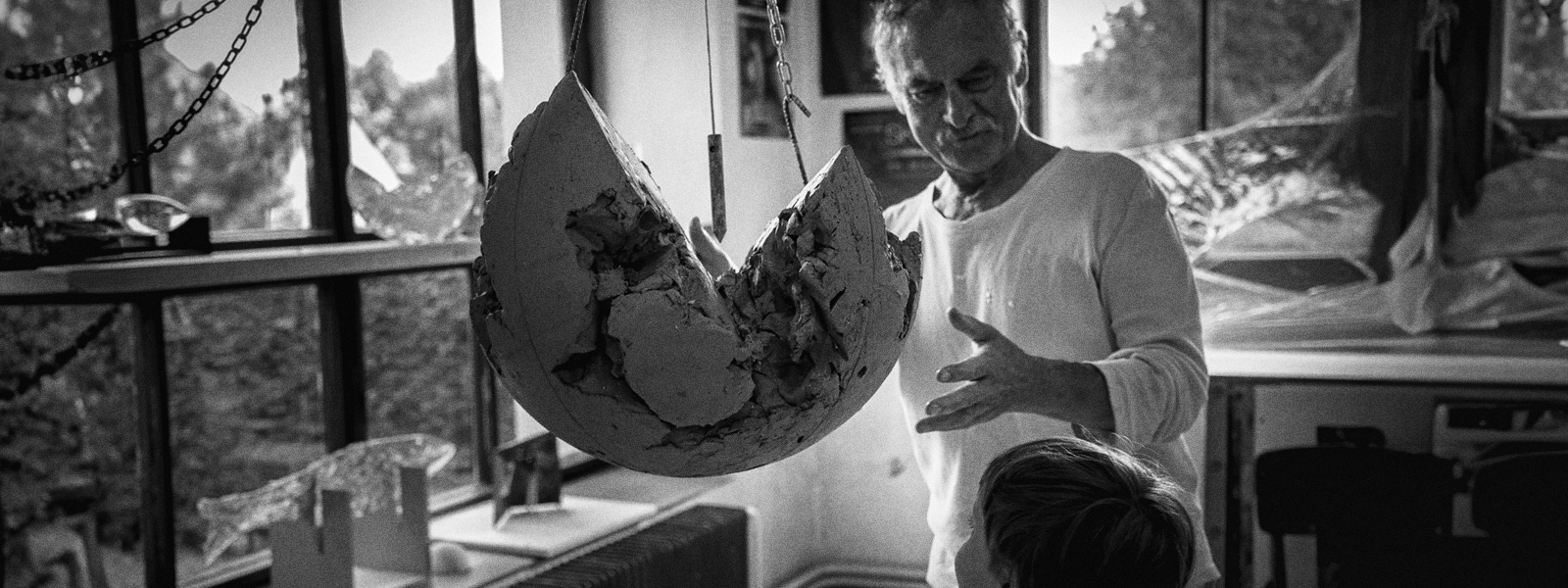
Key Points
Born 1951 in the Czech Republic // 1966-1970 Secondary School of Glassmaking at Železný Brod // 1970-76 Academy of Applied Arts, Prague (under Prof. Libenský) // Member of Association of Fine Artists, Manes // Member of Association of Artistic Group Rubikon // Jan Exnar executed a number of monumental works placed in public places .
Public Collections (selection)
Corning Museum of Glass, Corning // Imagine Museum, Florida (USA) // Museum of Decorative Arts, Prague // East Bohemian Museum of Pardubice, Pardubice // North Bohemian Museum of Liberec, Liberec // Museum of Glass and Jewellery, Jablonec nad Nisou, (Czech Republic) // Ernsting Stiftung, Coesfeld // Achilles – Stiftung, Hamburg (Germany)
Like rugged landscapes, the glass sculptures with their jagged edges and corners evoke a sense of ruggedness. They combine strict forms with brilliant simplicity, and they emit a mystical glow in vibrant colors. The glass artist Jan Exnar enjoys playing with shapes and colors in his sculptures. Countless bubbles seem to float within his works, like celestial bodies in the cosmic space, symbolizing the infinity of the universe. This is because the transparency of glass, much like gazing at the night sky, allows thoughts to flow freely, he says. “From our perspective, glass may appear solid and immovable,” Jan Exnar asserts, “but the cosmic space is not static.” The universe is in motion, expanding, contracting, and constantly flowing, just like glass.
Jan Exnar was born in 1951 in Havlíčkův Brod in the former Czechoslovakia. Originally, he aspired to be a painter and began his education at the Glass School in Železný Brod at the age of fifteen. However, he became exclusively captivated by the fascinating material of glass, which he learned about under the guidance of Professor Pavel. After his training at the Glass School, Jan Exnar moved to Prague in 1970, where he studied at the Academy of Fine Arts, Architecture, and Design under the renowned Professor Stanislav Libenský. From him, he learned the “soul of glass.” An important phase of his artistic career was his involvement in the Rubikon group, founded in 1997. The group was organized around Ivo Křen, a graphic artist, publicist, and curator of the collections of applied art at the East Bohemian Museum in Pardubice. As the name Rubikon suggests, the artists aimed to transcend artistic boundaries. Glass was no longer their exclusive medium; they also worked in the fields of painting and sculpture. Crossing genres, they organized exhibitions in the Czech Republic and other European countries.
